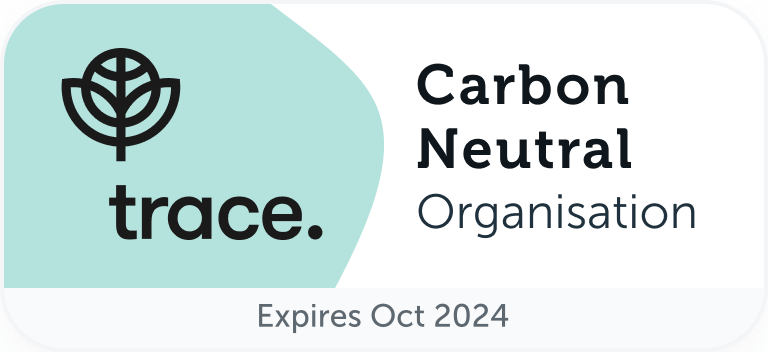It’s Thursday afternoon and there has just been another media blast promoting how Company X is leading the charge in allowing all employees to work 4 days per week, yet still be paid for 5! The next day, your employees are discussing this at lunch, questioning why this can’t be a reality at their workplace.
Next thing you know, you have a number of employees knocking on your door (or inbox) asking to drop back to 4 days per week, or finish every day at 2pm, or have the middle of the day off to take their puppy to obedience classes.
Aghh?! What do I do? My employees are great, I value them highly and really want to keep them happy, but can I say yes to everyone? Do I have to? Will it impact operations?
Well. Some businesses may struggle to entertain working one less day a week or different hours, particularly when they have operations that need staffing beyond 4 days. However, many businesses do have the ability to alter when or how work is performed, it just takes some genuine consideration about what might work, and how.
The number one work perk that Australians want is the ability to have flexibility to choose their working hours and where they’re able to work from.
-Seek Report, November 2022
There can be significant merit in providing more flexibility, resulting in benefits not just for your people but for your business and broader society. One of the biggest global studies and trials of a 4-day work week has been led by non-for-profit 4 Day Week Global, which included companies from Australia and NZ, amongst others. The first report from this global trial has recently been published, with almost 100% of participating companies continuing a 4 day work week due to registered gains in revenue, productivity as well as drops in absenteeism and turnover. Furthermore, the results indicated on average the physical and mental wellbeing outcomes improved for employees, whilst fatigue, stress and burnout levels reduced. Whilst this trial is still in progress, the outcomes are very encouraging!
“In many countries, we have a workweek that was enshrined in 1938, and it doesn’t mesh with contemporary life.”
-Juliet Schor, 4-Day Week Global Research Team-Lead, Boston University
Of course, when individual employees are coming to you requesting flexibility, it is not always an easy answer, nor a straight yes or no answer. The Fair Work Act provides guidance on who is legally entitled to request flexibility, and likewise the process you need to undertake in assessing and making a decision on such requests. Genuinely considering and assessing flexible work requests is even more important with an upcoming legislation change in June 2023 that now provides employees the right to dispute refusals of flexible work requests with the Fair Work Ombudsman, with the onus of proof on the Employer to prove reasonable business grounds for the refusal.
 Alongside weighing up the benefits of providing flexibility, and your legal obligations to consider such requests, of course you also need to think about numero uno- your business needs. There may not be (and possibly shouldn’t be) a one-sized fits all approach like trialling a blanket 4-day work week across the company. Each individual will have different needs, and each role/function/department will also have different operational needs. The important thing is to consider each request on a case-by-case basis.
Alongside weighing up the benefits of providing flexibility, and your legal obligations to consider such requests, of course you also need to think about numero uno- your business needs. There may not be (and possibly shouldn’t be) a one-sized fits all approach like trialling a blanket 4-day work week across the company. Each individual will have different needs, and each role/function/department will also have different operational needs. The important thing is to consider each request on a case-by-case basis.
When assessing each application, a bit of creativity and innovation comes into play when identifying if operations can be structured a bit differently in order to accommodate some flexibility. It may not be clear from the beginning if a new way of doing things will actually work out, which is why implementing a trial for flexible working is always a good idea. The trial allows you the opportunity to test the waters, work through any teething issues and provides a get-out-jail-free card it the arrangement isn’t working for both parties.

The media have long been touting the increasing desire of employees to have more flexibility and work life balance; a trend that is guaranteed to continue. The ball is now in the court of Employers to challenge past ways of thinking and give genuine consideration to what flexibility can be offered. Those companies that have already taken these steps have placed themselves at a significant competitive advantage and fired themselves into the realm of being Employers of Choice. They are winning in the war for talent.
So are you ready to focus in on what flexibility looks like for your company? The good news is, you don’t have to jump straight into the deep end with this. Implementing trials is a risk-averse approach that demonstrates your commitment as a business to implementing progressive practices. At the end of the day, flexibility needs to strike the right balance; balancing employee needs with your business needs and balancing short term operational needs with your long-term business goals.
Trialling something a bit different may just be the best thing you do for the success of your people, which at the end of the day, is the success and true impact of your business.
A flexible workplace doesn’t have to be wishful thinking, it can be a reality.
I challenge you not to file this topic in the ‘too hard basket’, or ‘I’ll deal with that when I have to’. Maybe today is a good day to set aside some time and genuinely consider; can things be done differently here?
To make it easier and ensure compliance, contact your HR Partner at Purple Playground for all the support, expertise and best practice ideas you’ll need to make this work for you.















